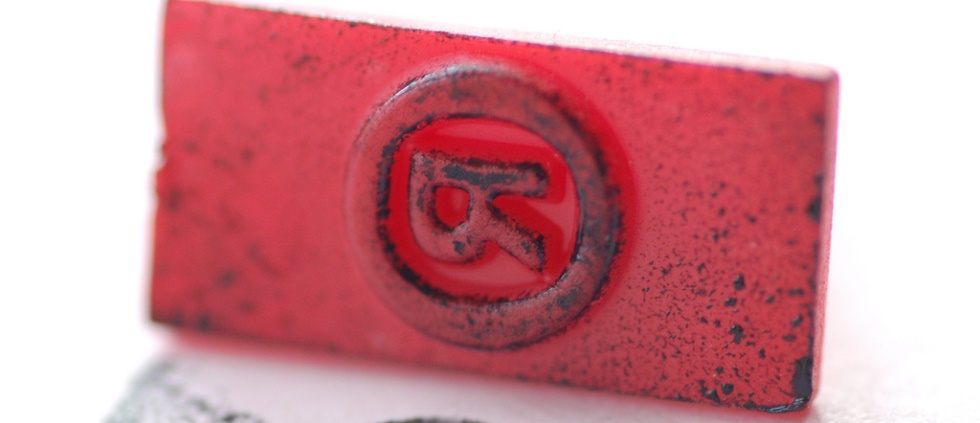Fair Use of a Trademark or Service Mark

Trademarks and service marks are one of the most important and valuable assets of a business, whether big or small. Trademarks and service marks operate as a source identifier and establish brand recognition. In order to maintain these rights it is essential for owners to efficiently police their rights against unauthorized third party use. For this reason every business should be familiar with the implications of third party use of trademarks and service marks.
The doctrine of fair use in copyright law is well known. However, the doctrine of fair use also exists in trademark law and is often unknown or misunderstood by many businesses. There are two types of fair use in the context of trademark law: 1) classic fair use; and 2) nominative fair use. Although both of these concepts are part of the fair use doctrine, they are very different.
Classic fair use applies where a third party can show that its use of a protected mark is necessary to describe a characteristic of its goods or services. Generally, the third party must show that the protected mark is used:
- Other than as a trademark or service mark;
- In a descriptive manner; and
- Fairly and in good faith.
See, Int’l Stamp Art, Inc. v. United States Postal Service, 456 F.3d 1270, 1274 (11th Cir. 2006).
So what does this mean? Protection under this doctrine can exist where the third party does not use a protected mark as a source identifier or to distinguish itself from its competitors. Instead, the third party uses the protected mark as a way to identify a product name or line of its products and to describe a product characteristic or purpose. However, a third party may not be entitled to protection for use of a protected mark which is merely done in an effort to siphon off the goodwill established by the protected mark or which otherwise creates consumer confusion as to the source of origin of the goods or services.
Nominative fair use exists where a third party uses a protected mark to identify the mark owner or the mark owner’s goods or services. Generally, the third party must show that its use of the protected mark satisfies the following elements:
- The third party’s product or service is not readily identifiable without use of the protected mark;
- Only so much of the protected mark may be used as is reasonably necessary to identify the product or service of the third party;
- The third party must do nothing that would suggest sponsorship or endorsement by the mark owner.
See, Int’l Stamp Art, Inc., 456 F.3d at 1277.
For example, a computer software business is likely to be protected by the nominative
fair use doctrine if it uses the term “software compatible with APPLE” on its products or product packaging to show that its software can be used on APPLE computers and devices.
To be competitive in the business world today a business must understand when competitors or third parties can permissibly use a protected mark and when they cannot. The line between permissible third party use of a protected mark and infringement is not always easily identified. The experienced attorneys at the law firm of Santucci Priore, P.L. can assist you in making this important determination and help protect your valuable legal rights.
Daniel Devine
Santucci Priore, P.L.
Associate Attorney
Photo Credit: Flickr User verbeeldingskr8



